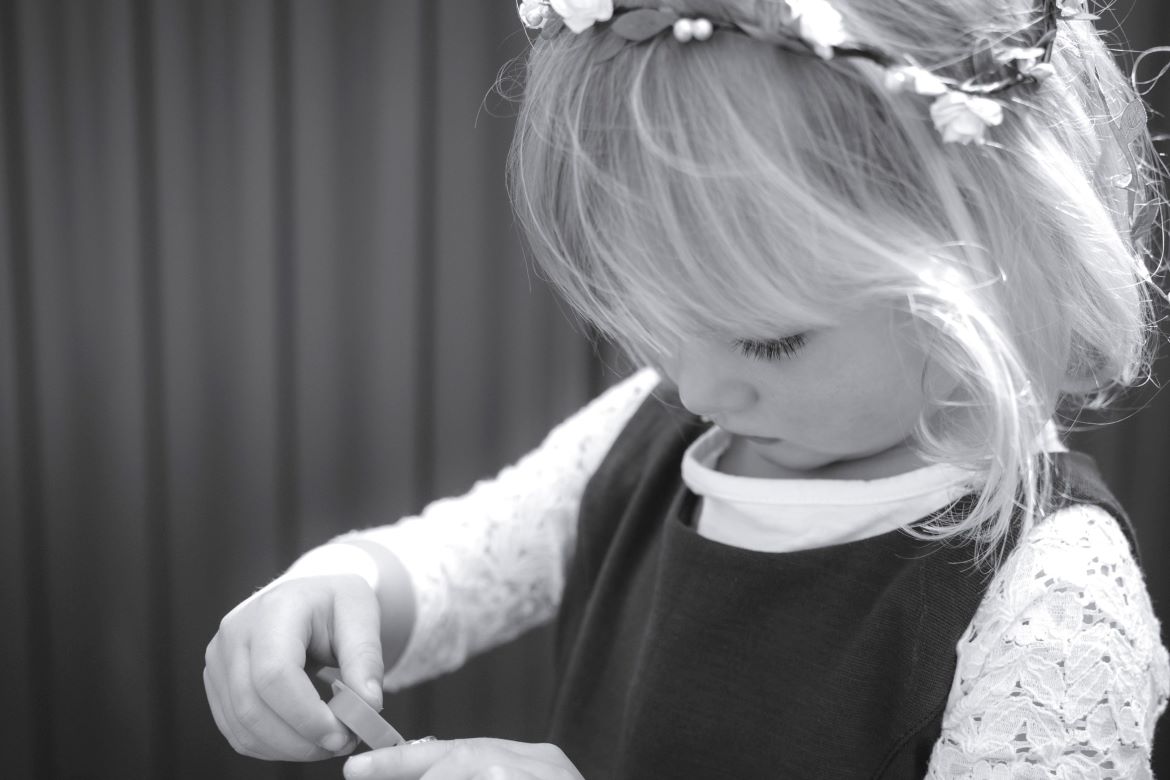By Brent Friedlander
Every parent gets into power struggles with their child, and it’s likely to happen time and time again. Whether it is getting your preschooler dressed in the morning, having them eat the meal you cooked, or getting ready for a nap, these simple moments can sometimes feel like climbing Mt Everest to achieve. Honestly, there are no limits to ways a 3- year-old will challenge you. You might be looking for a fix for your child in this article, but that will not be the purpose. Instead, I will focus on helping you understand that the child is developmentally doing exactly what they are supposed to, and offer you tools to use which will hopefully reframe the way you experience these conflicts.
Beginning around 2.5 years, a child will explore the limits of social boundaries. They are refining their identity and they look to parents to help them understand the consequences of their behaviour.
Children at this age often identify as both “good” and “bad.” They don’t separate their actions from their persona, so when a child is refusing to get dressed in the morning and sees you getting frustrated, they will interpret the cause of this conflict stemming from them “being bad.” Eventually, if a child is repeatedly having negative interactions which outnumber the positive ones, this feeling of “being bad” could be carried throughout their life. As parents, we have to step away from good/bad language and teach cause/effect.
So where do you go from here? You have a 3-year-old having an all-out tantrum on the floor, screaming and kicking because they don’t want to get dressed. It is important to make sure the child is in a physically safe place for their out of control body, step back, and take a deep breath. You’re going to need it.
Your goal now is not getting your child dressed but helping them regulate their big feelings first, then helping them get dressed. No matter how frustrated you are, it’s important to speak calmly.
You can start by labelling for them what you see. “You look really angry right now and your body seems out of control.” At the same time you are labelling what you notice, you should calmly set boundaries as needed with alternatives. “I won’t let you hit my body because that hurts me. If you need to hit something, I’ll put this pillow on the floor. It’s safe to hit that.” By staying calm, you have taken all the power out of this struggle. The child started this tantrum as a way to get out of getting dressed, but you have provided space for them to learn about how to manage their feelings. This lesson is vital for the child’s success as an adult, because an adult who can’t appropriately handle their emotions will endure a lifelong struggle.











